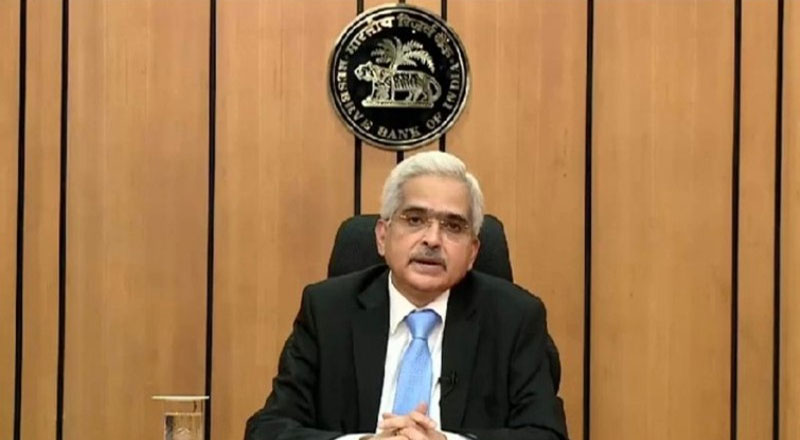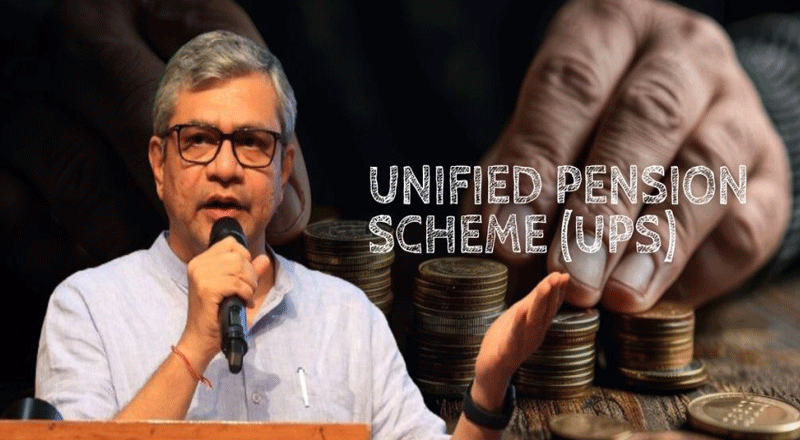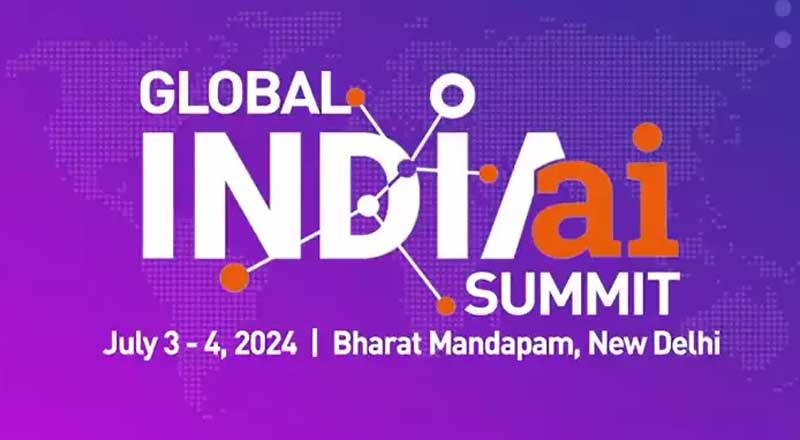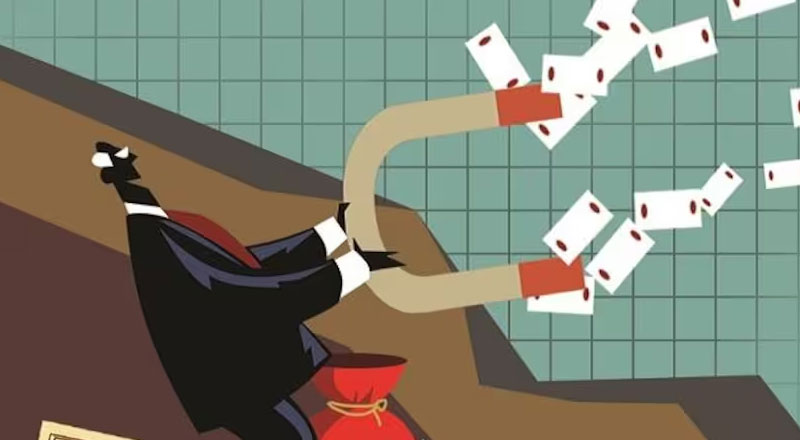The global economy is expected to contract significantly this year but the worst seems to be behind us, both in terms of growth and inflation, Reserve Bank of India (RBI) Governor Shaktikanta Das said on Friday.
“On the growth front, projections are now veering around to a softer recession as against a severe and more widespread recession projected a few months back,” Das said at an event in Dubai. according to a Business Standard report.
According to the International Monetary Fund’s latest economic outlook, global growth is forecast to slow to 2.7 per cent in 2023 from 3.2 per cent in 2022. The RBI said last month that it expected India’s economy to grow at 6.8 per cent in the current financial year.
Although easing inflation in various countries had resulted in what appeared to be a pivot towards lower rate hikes or pauses by central banks, Das said global monetary authorities had “emphatically” reiterated their resolve to bring inflation closer to their targets.
However, there was a distinct possibility of high policy rates persisting for a longer span of time, he added. Das voiced optimism about the prospects of India’s economy, saying that within a hostile and uncertain global environment, the domestic economy remained resilient.
He pointed towards a robust financial system, and the fact that Indian banks and corporates were in a better shape than they were before the Covid-19 crisis. While expressing comfort about the “welcome” decline in domestic inflation in November and December of 2022, Das warned that core inflation remained sticky and elevated.
India’s Consumer Price Index (CPI) inflation fell to 5.72 per cent in December from 5.88 per cent in November. The RBI’s target for CPI inflation is 4 per cent, and its tolerance band is 2-6 per cent.Core inflation, which excludes the volatile components of food and fuel, has been above 6 per cent since May 2022.
On the functioning of financial markets, Das said that progress notwithstanding, some challenges remained. An issue flagged by the governor was the fact that secondary-market liquidity in government bonds continued to be concentrated in only a few securities and tenors.
“Access of the retail segment to markets, especially derivative markets, needs to improve further…Likewise, there remains a need for improvement in ensuring liquidity for retail investors in the government securities markets,” he said.
The government securities market serves as the pricing benchmark for a vast variety of credit products in the economy, including corporate debt. In 2021, the RBI launched the Retail Direct scheme to facilitate retail investment in government bonds. The scheme, however, has not yet drawn significant interest.
As inflation in many countries has eased, there is an expectation that central banks would lower rate hikes or pause but authorities across the world have reiterated their resolve to bring inflation closer to their targets, he said.
“The slowing global demand is weighing on merchandise exports, but our exports of services and remittances remain strong. The net balance under services and remittances remains in a large surplus, partly offsetting the trade deficit,” Das said.
With India’s external debt ratios remaining low by international standards, the RBI had been able to take steps to internationalise the rupee instead of opting for capital controls, even during episodes of large outflows, he said.





